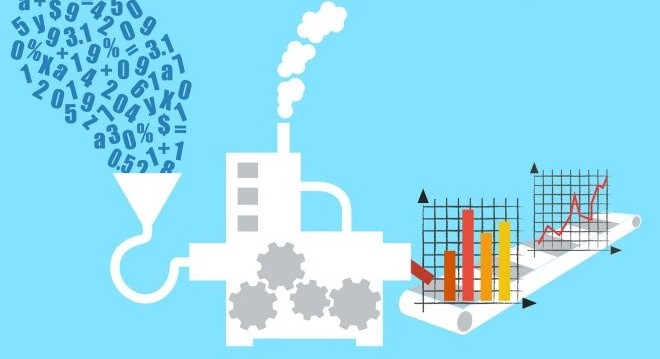When we tell our potential clients that we have 4 million human-verified contacts, we generally receive two kinds of responses. They are either impressed and press on to know more about our database, its functional features, export facilities, etc. Or they are in a state of disbelief, being skeptical about the “human-verified” part and assume it’s just crowdsourced data. The root of the skepticism, obviously, lies in how can humans possibly verify 4 million contacts?! Well, the answer is pretty simple- with lots of humans. But that’s just part of the story.
While businesses across the board use B2B data to find new prospects and accelerate growth, few of them realize what goes into building such an accurate and reliable database with millions of contacts. The retirement of Data.com primarily because of its poor data quality is proof that the age of crowdsourced data is over. So for those who are considering buying B2B data or have ever questioned the cost of contact data, here is an inside tour:
How is B2B Data Collected?
There is no precise answer to this question, but the right answer would be- from everywhere. Harvesting raw data is primarily done through web scrapers, and it collects obscenely large amounts of data- often running into tens of millions of contacts. Generally, they work on pre-determined algorithms and parsing methods to collect everything that matches the given pattern. But though large in quantity, they have very poor quality. There are empty fields, inconsistent or redundant data, format issues, contradictory data, and many other problems.
If you were to use such data for your business, a majority of your emails would be left undelivered, and your sales reps would be mostly dialing dead numbers or talking to the wrong people. As has been said, if data is the new oil, this is just pumping crude from the ground- valuable but useless for all practical purposes.
Cyber-How B2B Data is Processed?
After raw data is collected, it’s time to extract information out of it. This can be achieved either through the machine or manual processing- each with its own set of benefits and shortfalls. We employ a combination of both.
Machine processing
This is the first and rather easier part of data processing. Backed by technologies like AI and Machine Learning, huge quantities of data is processed to eliminate much of the problems of raw data. But machine processing alone can take data quality only so far.
Pros
- Rapidly scalable
- Relatively inexpensive
Cons
- Poor data quality
- Can only work on syntax, not semantics
Human-verification
Once machine processing delivers reasonable data quality, it’s time for the slow arduous process of manual verification. Researches go though each data entry, correct for any mistakes, and verify the information for accuracy. So how did we get 3.2M contacts verified via such detailed and slow process? Well, we have a team of 150 researchers!
Pros
- Excellent quality
- Critical for data semantics
- Enables on-demand research
Cons
- Time-consuming
- Expensive
How is B2B Data Deployed?
B2B data is only half of the equation. The other half is the platform. Most businesses use some kind of CRM or other sales & marketing platforms to manage their customers and track operations efficiently. Our database integrates with their existing tools to create a seamless platform for them to start using the data.
Applications of B2B Data
With such high-quality data locked and loaded into their systems, the possibilities for its usage are virtually limitless. And it’s not just the contacts but the insights that come with it. For instance, if you sell a product that only businesses with over 50 employees would buy, you can choose to filter the data on such benchmarks and contact only those prospects that are your targets. From hyper-targeted sales and marketing to talent acquisition, the applications are only limited by your imagination.
Now if you want to try our data, you can install our Free Chrome Extension or request a demo and free contact sample to decide for yourself.






